Meet the custom furniture maker creating magic in Sydney’s Eastern Suburbs
Written by
20 February 2024
•
4 min read
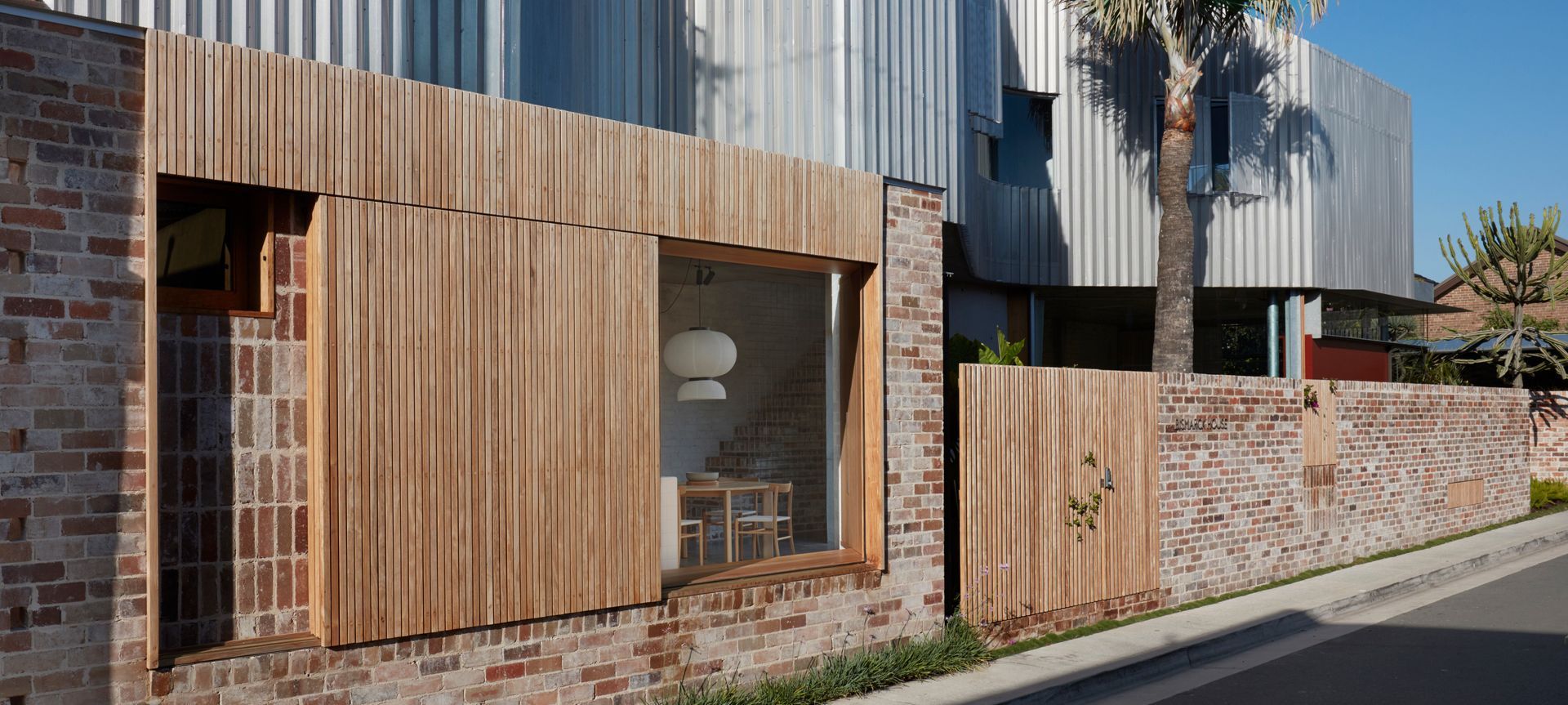
On a tree-lined, semi-industrial street in Botany — only a few blocks from the Botany Bay port and Sydney’s international airport — you’ll find furniture maker Richard O’Sullivan in his workshop. Named after the street it calls home, Cranbrook Workshop has grown into one of Sydney’s leading bespoke furniture and joinery companies. Among the timber-stacked shelves, sawdust-littered benches, and one 5-Axis CNC machine, O’Sullivan and his team of skilled carpenters and furniture makers are busy creating bespoke pieces for residential and commercial projects, alongside a collection of staples for local homewares store Robert Plumb.
From solid timber privacy screens and dining tables to joinery and outdoor seating, Cranbrook Workshop’s custom furniture portfolio is rich with elegant, inspired designs that show care and attention to every last detail. ArchiPro caught up with Richard O’Sullivan to learn more about his custom furniture process, touching on inspiration, materials, and how technology has changed the way he works.
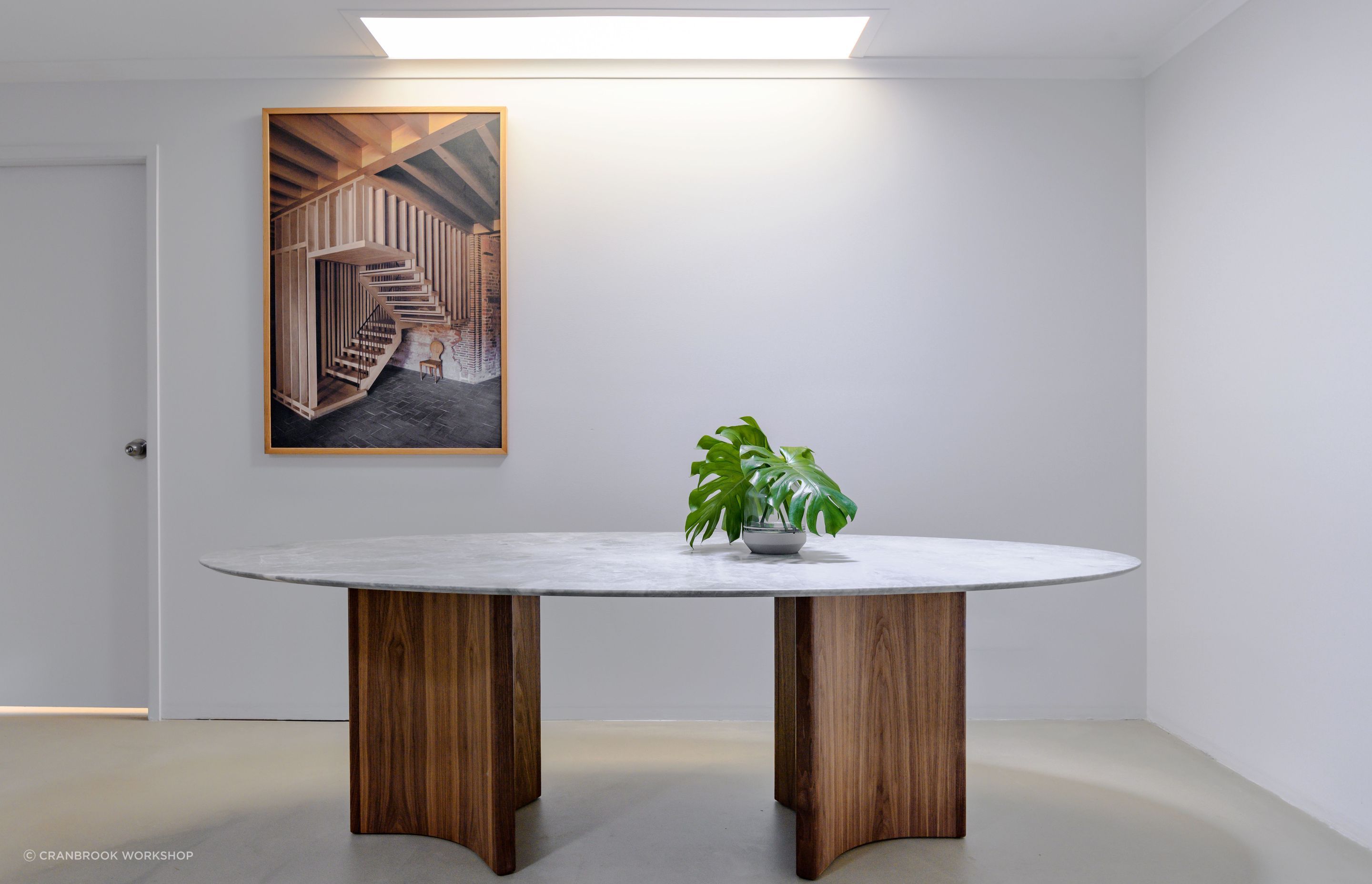
Inside the custom furniture design process
Before the team puts pencil to paper, or mouse to blank design file, the first step of the custom design process is figuring out the construction methods for the piece. Once they have a clear understanding of how the piece will be built, shop drawings are created and sent off to the client for approval. This concepting process is different every time, O’Sullivan explains.
“Timings can vary, depending on how much detail we’re provided initially. We usually send the first set of shop drawings and then tweak these based on the feedback from the client. Once the concept is approved, we produce cutting lists and write programs for the 5-Axis CNC machine. Then the job is sent to the floor to begin production.”
While the design process typically follows the same steps for each piece of furniture, the Cranbrook Workshop team are skilled at adapting to the needs of each individual client. Some like to be heavily involved in every aspect of the process, requesting progress shots and providing feedback regularly. Others, O’Sullivan says, prefer to be more hands-off, approving the shop drawings and then leaving the team to work their magic.
In cases where a brief comes in without material specification, O’Sullivan will send the client a selection of samples to choose from. Of course, he has his favourites. “American oak is a great timber as it’s very stable, has minimal waste, and is very uniform in colour. Another timber we love to work with is walnut due to the beauty of the grain.”
Not every piece is made entirely from timber — though the material is O’Sullivan’s primary medium. The workshop’s repertoire includes various stone, tile, and metal elements, specified to suit the material palette of the home or commercial space in which the furniture will reside.
That space is where the initial inspiration for each piece comes from, O’Sullivan says. “We always try to pick up on elements in the house, workplace, store, or garden and incorporate them into our designs.”
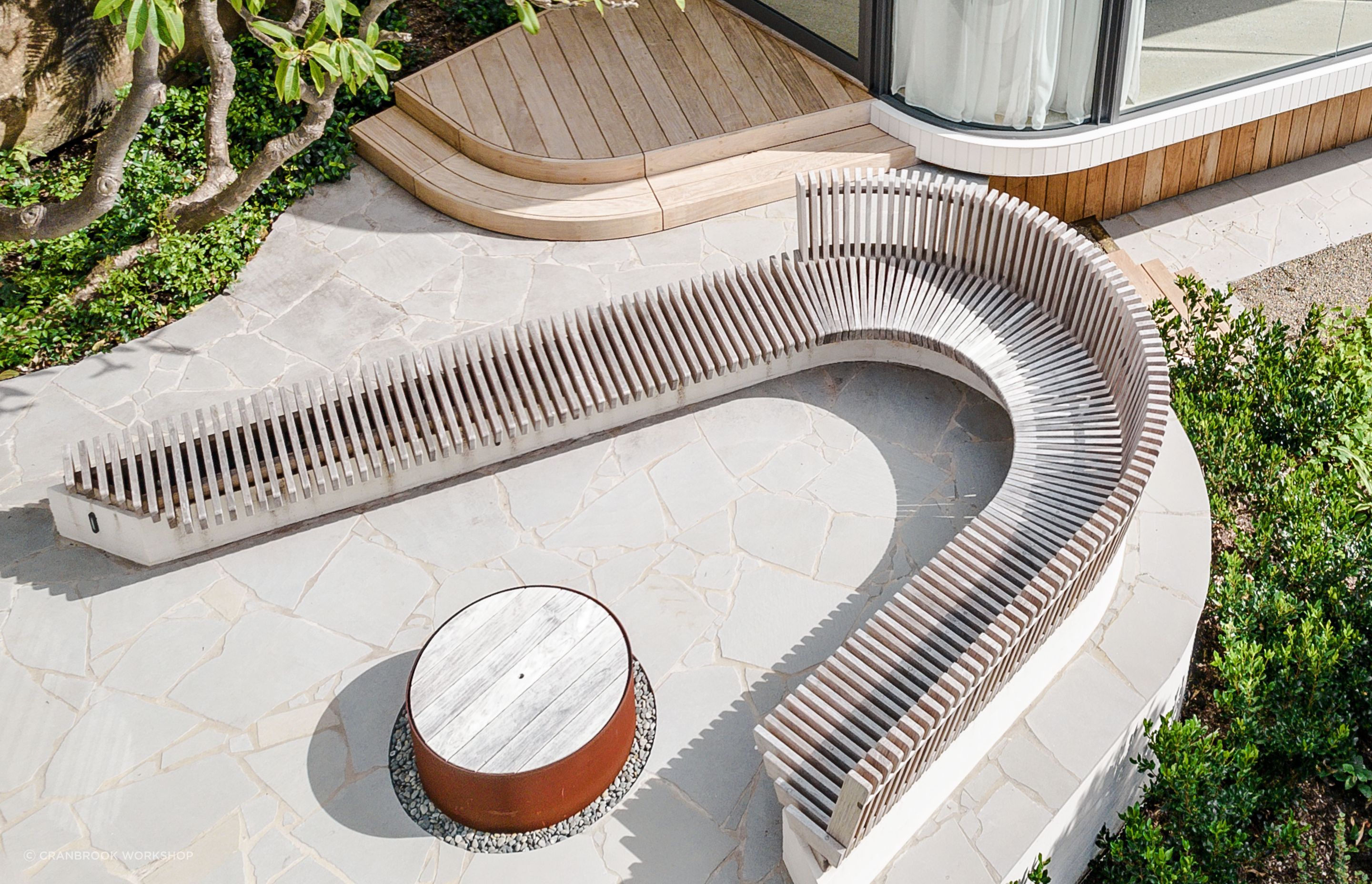
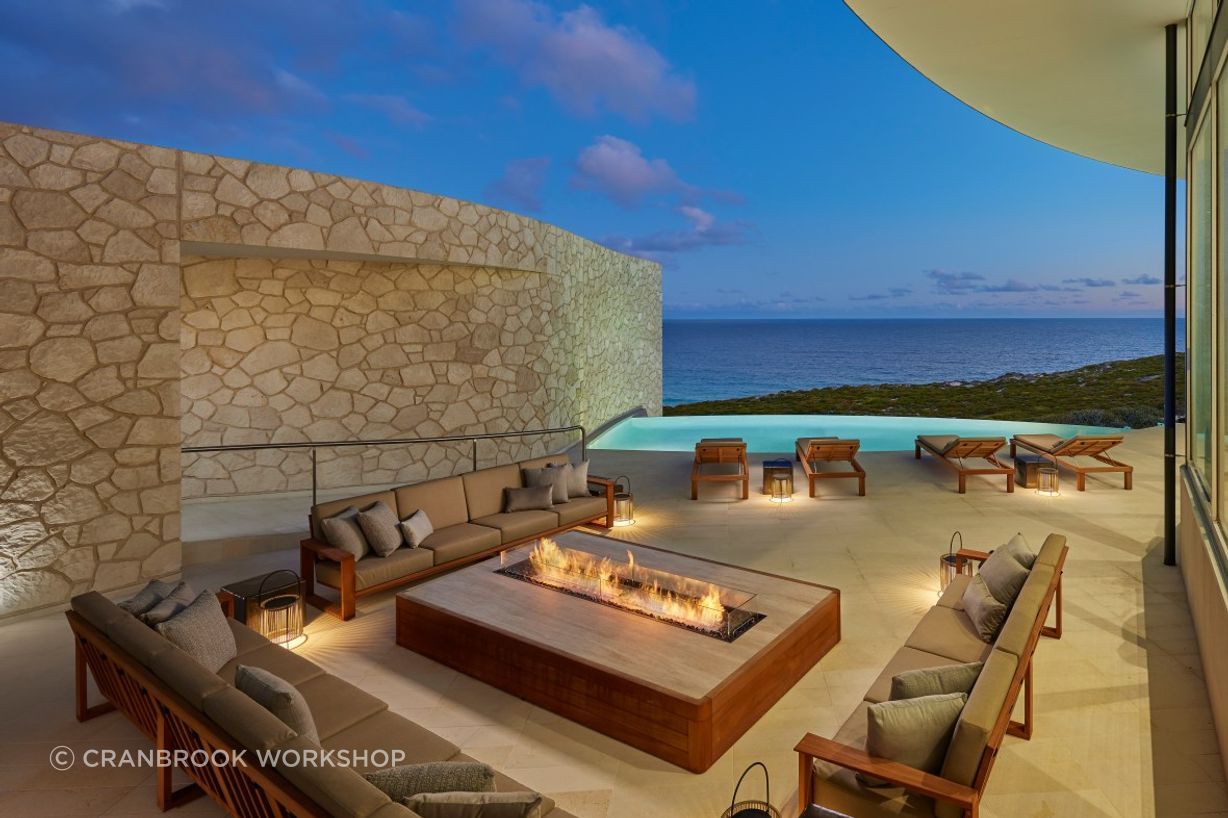
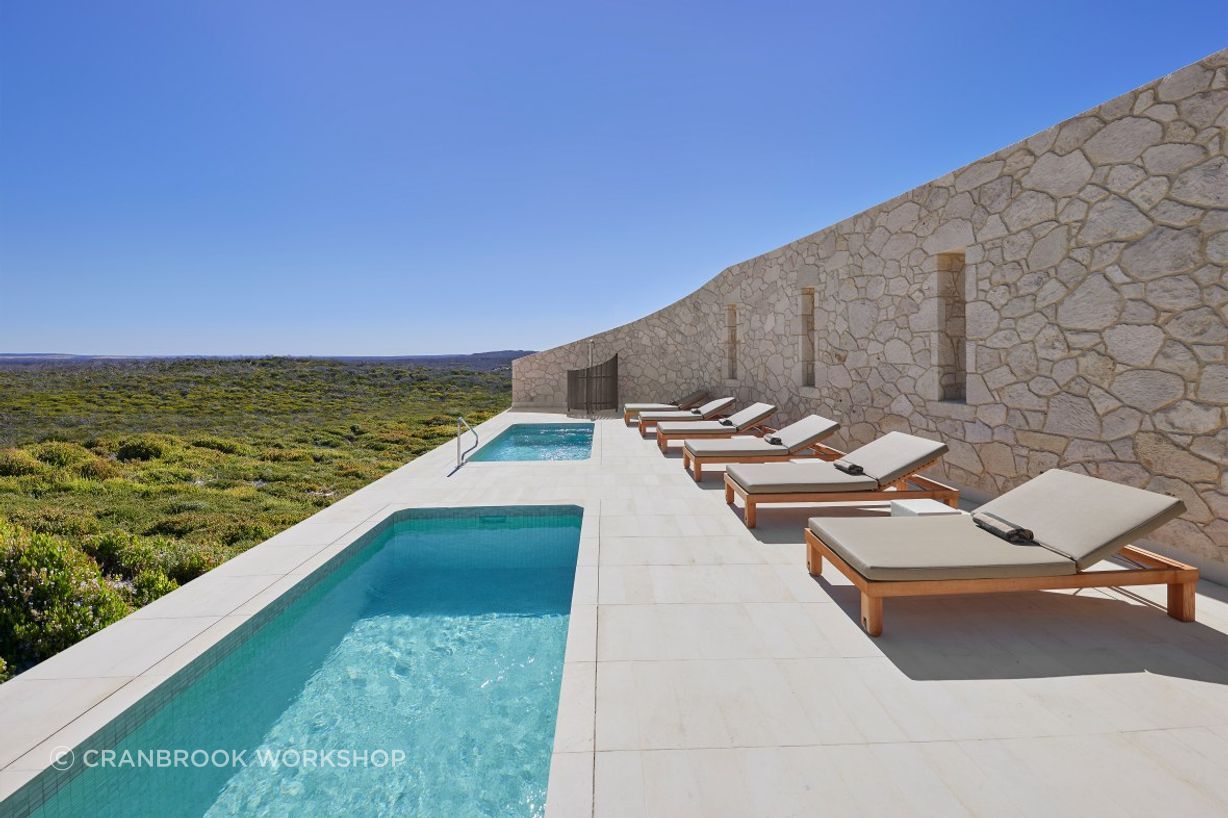
Where the design process differs is the furniture’s location. “Indoor furniture is a lot more forgiving as you can use any type of timber,” O’Sullivan explains. “Outdoor furniture requires a very different design approach as you need to consider the way the elements — wind, rain, sun — will interact with the materials.”
To ensure the furniture will last regardless of weather exposure, spacings are added to allow air to flow and prevent water from pooling. Allowances are also made to accommodate the expansion and contraction of timber.
When O’Sullivan first started making furniture, each concept would be imagined through hand sketches. These days a myriad of design software allows designers to draw up furniture in two-dimensional and three-dimensional models, play around with material swatches, and send approved designs directly to the CNC machine. “Technology has changed this process massively,” O’Sullivan remarks.
Though each custom brief receives the same care and attention, O’Sullivan’s favourite projects are those where he gets to make a collection of different furniture for one house. Bismarck House by Andrew Burges Architects, a semi-detached home in Bondi, was one such project. Several pieces, including an oak coffee table topped with travertine stone, curved oak shelves and benches, oak bed frames and floating bedside tables, and slatted rosewood privacy screens were created for the property. When seen against the home’s neutral grey and white interior palette, the light honey oak is a perfect balance.
If you’re planning a new build or renovation project, consider the luxury of custom furniture. The Cranbrook Workshop team would be delighted.
Learn more about Cranbrook Workshop.